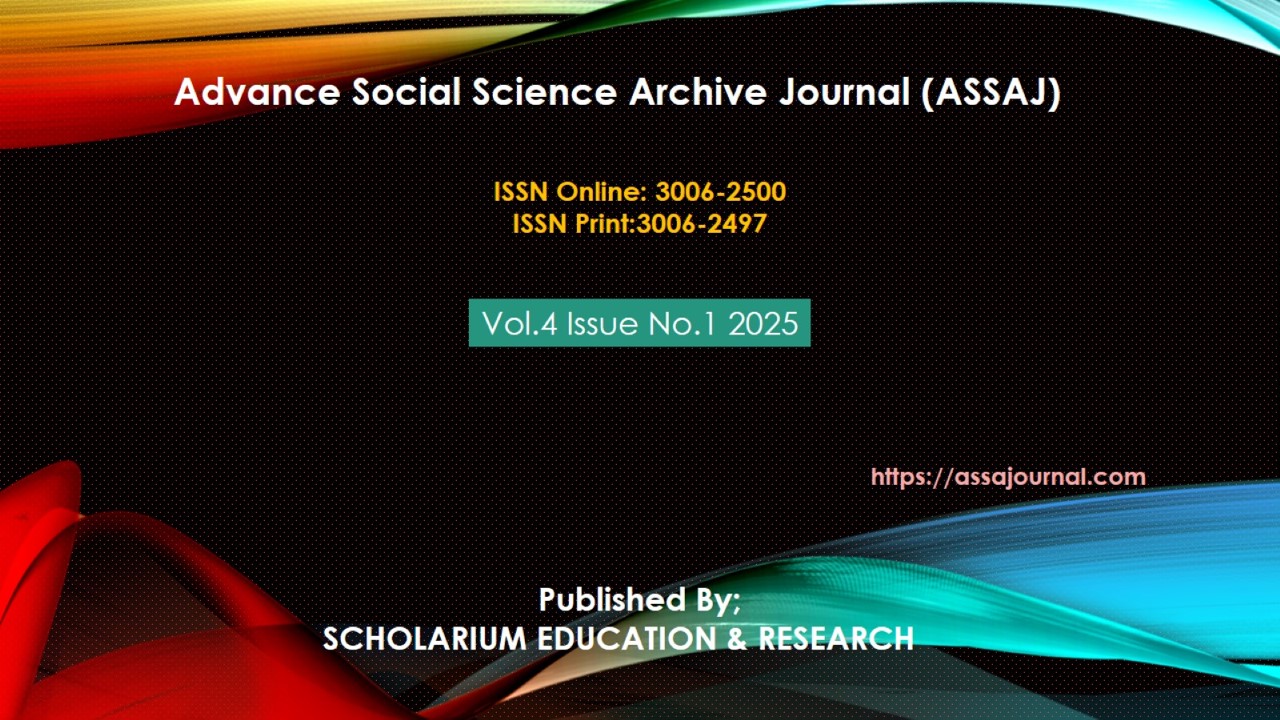Depicting Psychological Trauma: A study of Stream of Consciousness in Atiq Rahimi’s A Thousand Rooms of Dreams and Fear
Abstract
This research explores how the stream-of-consciousness narrative strategy is creatively used in the novella A Thousand Rooms of Dreams and Fear (2002) by Atiq Rahimi. The technique and its role of depicting the psychological traumas have been caused by the Soviet-Afghan War. By making a elaborative references to the modernist forerunners of the West like James Joyce and Virginia Woolf, the paper examines the techniques in which Rahimi has adopted the inward-looking style to incorporate non-Western elements, such as Afghan cultural beliefs in djinn, superstitions, and spiritual folklore that add to the representation of subconscious fears, disorientation, and existential anguish. Constituting a rigorous textual examination contextualized by secondary sources on literature criticism, history and study on trauma, the present paper proposes that a hybrid style adopted by the author, not only succeeds in carrying such fractured psychology of people, but also war-torn societies make a democratic protest about the wider socio-political and cultural fissures in Afghanistan. In addition, it also gravitates on what the novella adds in terms of non-Western trauma narratives, reflecting how the adaptations disrupt Eurocentric literary standards and offer a culturally referential lens in the context of collective and personal traumas. The study highlights the fact that the brevity of the novella is an asset because it allows the author to fit the deepest thoughts into such static situation that reflect the chaotic reality of trauma. The contribution has argued that Rahimi melding of western practice with local symbols adds value in the world literature, providing a larger scope of resilience, loss of identity, and the human toll of war, and suggesting that a more pluralistic form of trauma theory is needed that includes various forms of culture-specific responses to distress.
Keywords: Psychological, Trauma, Stream of Consciousness, Atiq Rahimi’s, A Thousand Rooms of Dreams and Fear





